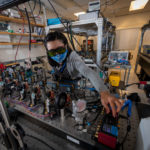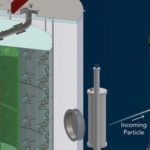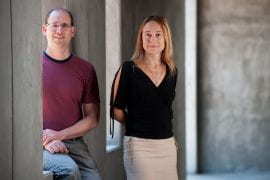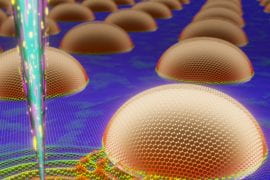UCI researchers seek solutions to the many effects of climate change
Latest News
Machine Learning Paves Way for Smarter Particle Accelerators
Scientists have developed a new machine-learning platform that makes the algorithms that control particle beams and lasers smarter than ever before. Their work could help lead to the development of new and improved particle accelerators that will help scientists unlock the secrets of the subatomic world.
First Atomic View of a Quantum Electronic Device in Operation
Discovery of a short-lived state could lead to faster and more energy-efficient computing devices.
UCI study: California’s trees are dying, and might not be coming back
Wildfires and climbing temperatures have caused a 6.7 percent decline since 1985
Seven UCI faculty members named Hellman Fellows for 2022-23
Program supports research by assistant professors
Berkeley Lab Researchers Record Successful Startup of LUX-ZEPLIN Dark Matter Detector at Sanford Underground Research Facility
Deep below the Black Hills of South Dakota in the Sanford Underground Research Facility (SURF), an innovative and uniquely sensitive dark matter detector – the LUX-ZEPLIN (LZ) experiment, led by Lawrence Berkeley National Lab (Berkeley Lab) – has passed a check-out phase of startup operations and delivered first results.
Scientists Capture a ‘Quantum Tug’ Between Neighboring Water Molecules
Ultrafast electrons shed light on the web of hydrogen bonds that gives water its strange properties, vital for many chemical and biological processes.
Direct Neutrino-Mass Measurement Achieves New, Sub-Electronvolt Sensitivity
An international group of nuclear scientists has restricted the neutrino mass with a new level of sensitivity.
UCI researchers find that aspirin alters colorectal cancer evolution
Next up: Does the medication offer protection against other forms of cancer?
UCI scientists observe effects of heat in materials with atomic resolution
Research will benefit design of future electronic and thermoelectric technologies











